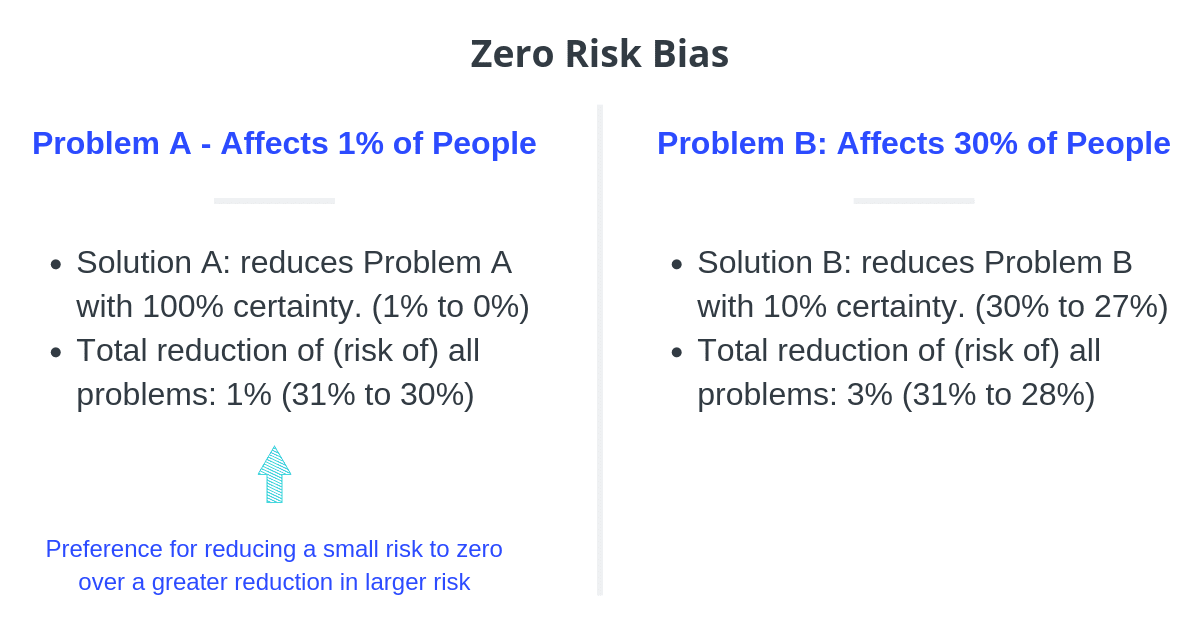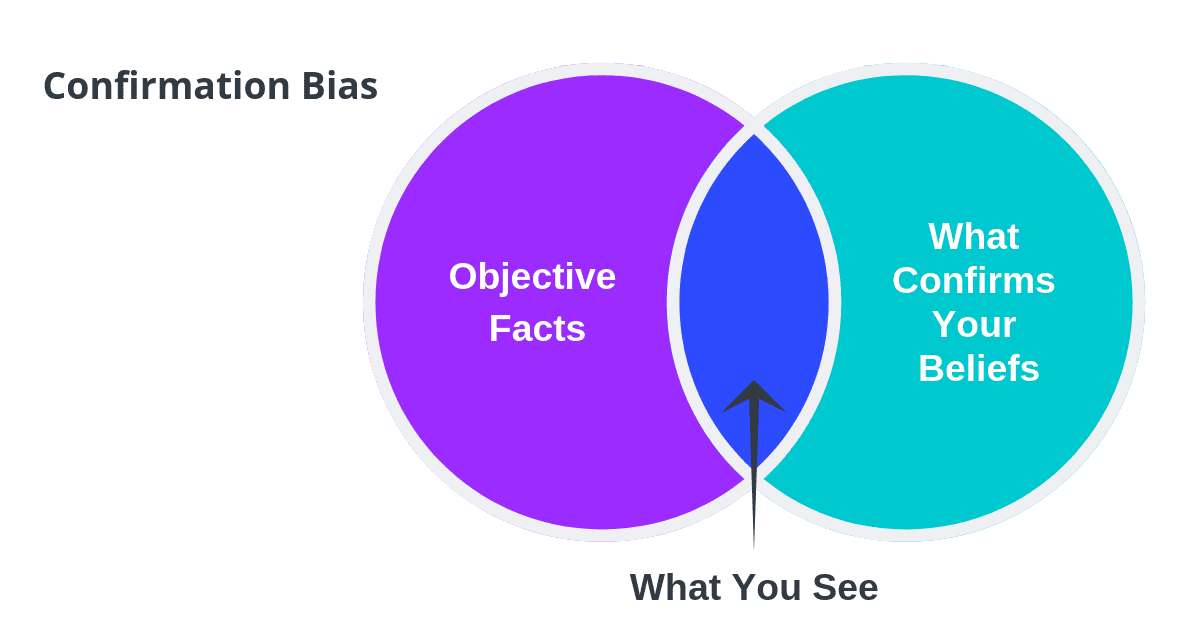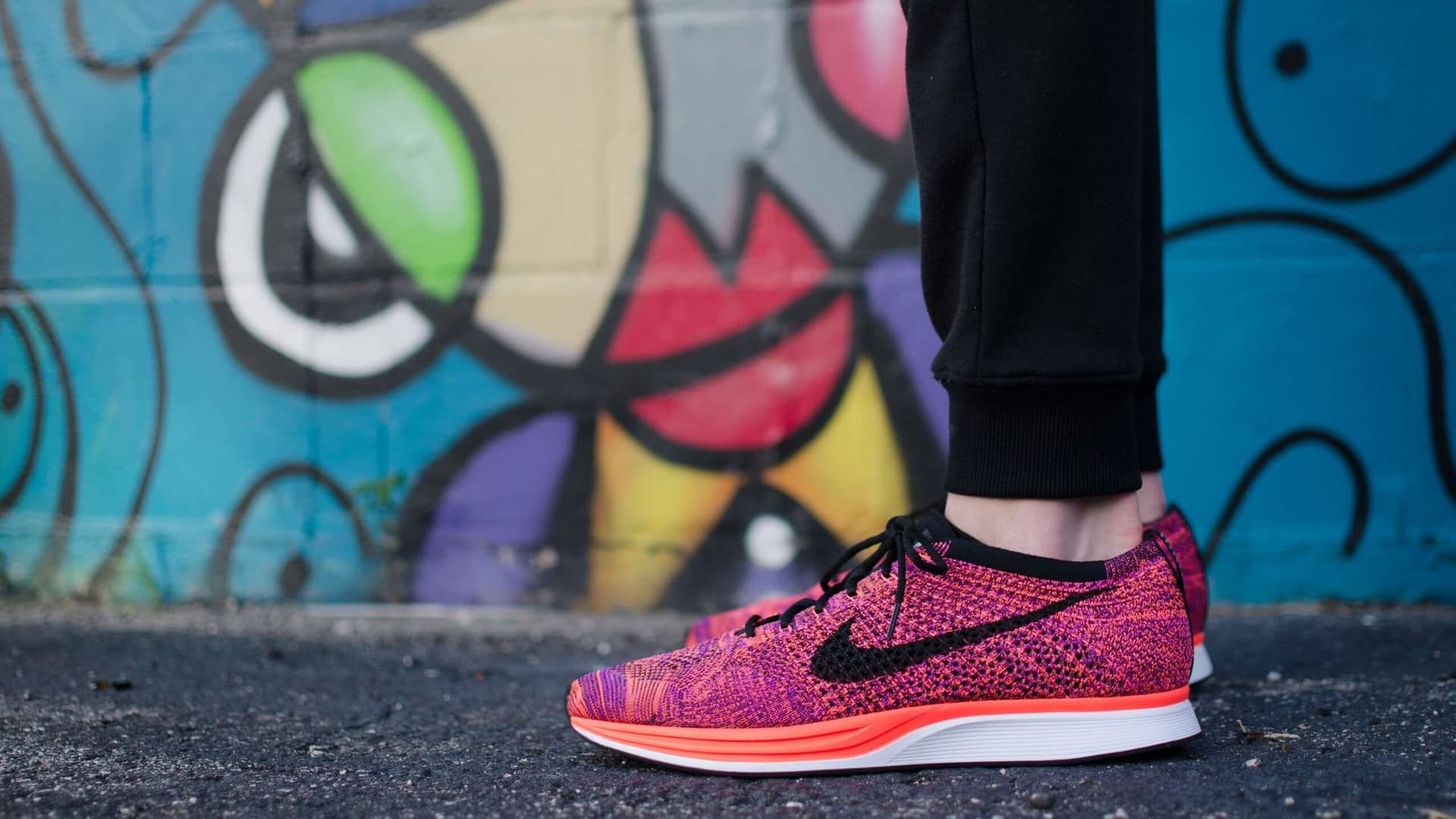A large majority of marketers wouldn’t consider themselves psychologists. Yet understanding the growing field of marketing psychology can help persuade and influence audiences in powerful ways online.
Great campaigns happen at the intersection of marketing and psychology. The sweet spot where your content and messaging connects with your audience on a deep, human level.
Which, in a sense, makes all marketers aspiring psychologists at heart.
This week on The Science of Social Media, we’re exploring six powerful psychological biases and how they influence human behavior online. Knowing the factors that affect decisions will help take your social media marketing to the next level.
Let’s dive in!
Marketing Psychology: 6 Powerful Biases That Influence Human Behavior
What follows is a lightly-edited transcript of the Buffer Podcast episode #130 for your reading pleasure.
Table of Contents
Hailley: Let kick off the show by quickly exploring how a psychological bias is defined. In this case, we’re talking about cognitive biases:
Cognitive and psychological biases are defined as repetitive paths that your mind takes when doing things like evaluating, judging, remembering, or making a decision.
Just like instincts, they evolved so that we don’t have to think as much for every decision that we make and they help us conserve energy.
Brian: More than knowing these for marketing, it’s also really interesting to be able to pinpoint your own cognitive biases to be aware of what goes into your decisions, judgements, and opinions.
Let’s get started looking into each of the biases we’ve identified and how they relate to marketing. And just a note that there are a lot of cognitive biases in our brains, these are just a select few that we found particularly useful for marketing but this is in no way a complete list.
Psychological Bias 1: The Bandwagon Effect
Hailley: Let’s start with one that most people have probably already heard of, it’s called the bandwagon effect. You’ve probably seen the expression “they jumped on the bandwagon” and that’s what this cognitive bias is referring to.
The idea is that the rate of uptake of beliefs, ideas, fads and trends increases the more that they have already been adopted by others.
In other words, the bandwagon effect means that it’s more likely for someone to do, say, believe something if a high number of other people have already done so. This is sometimes also called groupthink or herd behavior.

Brian: In social media I’ve seen this happen before where maybe a new social network opens up and then it feels like everyone, celebrities, other marketers, friends, are all joining up so you end up joining to.
It’s pretty easy to imagine how helpful this can be with marketing. If it feels to a new users like everyone loves your product then they’re more likely to love your product too.
Some of the ways we can work to use this perception to our advantage are for example testimonials. If you have a lot of testimonials it might feel like everyone loves your product, company, or business.
Hailley: Exactly. And it’s interesting because I really think user generated content can help a lot here, if you share photos on Instagram of all the other customers enjoying your product for example.
And even influencer marketing can add to this effect if it starts to feel like a lot of influencers love your product then people are more likely to jump on the bandwagon.
Ultimately, this cognitive bias is all about critical mass so you have to have the numbers for this feeling to really take root.
Psychological Bias 2: Zero Risk Bias or the Certainty Effect
Brian: Next up let’s chat about zero risk bias or the certainty effect. It is exactly what it sounds like. Essentially our minds have a tendency to favor paths that seem to have no risks, they are certain.
This is why you see many brands and businesses offer money-back guarantees and risk-free trial offers. This feeling of zero-risk is really appealing to customers especially when it’s a new product or service that they’re experiencing.

Here, the more you can reassure customers and potential customers of limited risks, the more they are likely to feel better about their decision and that decision will even come to them more easily.
Hailley: I’ve seen this done in a lot of great Instagram video ads recently where on top of showing the product there’s always text that says “money back guarantee” or “risk free.” Or in social media posts with a photo of your product you can also play to the certainty effect in your text as well.
While it’s easy to use this one on your website for copy it’s also definitely possible to use it in your advertising and social posts as well and that will really help leverage the zero risk message to your advantage.
Psychological Bias 3: In-Group Favoritism
The next bias on our list is in-group favoritism. This means that people prioritize products and ideas that are popular with a group they’ve aligned themselves with.
Brian: It really makes you realize how powerful your identity is. Let’s say you’ve aligned yourself with a certain sports team, well the data shows that you and everyone else who identify with that sports team are more likely to buy similar products and use similar services. Essentially, you and the others who identify as a group favor specific things.
However, experiments have suggested that group identities are flexible and can change over time so keep that in mind as well.
One really good example of a company leveraging this was Apple. They really built an “us vs. them” mentality among their customers with their marketing campaigns and essentially created their own in-group.

Hailley: What this means in terms of marketing psychology is that if you can find these identity markers and you know what in-groups your customers and potential customers are aligned with you can choose your marketing strategy accordingly.
For example, you can join a bunch of communities where your ideal customer hangs out to learn more about their identifiers or create surveys among your current customers to learn about identifiers. And it might take a bit of work but you can also create your own community and in-group if that’s a good fit for your social media marketing!
Quick shout out, check out www.buffer.com/slack if you want to join our Buffer community on Slack.
Psychological Bias 4: Confirmation Bias
Brian: Another really popular bias is called confirmation bias.
This is the effect where our mind searches for, interprets, favors, and recalls information that confirms or amplifies beliefs that we already have.
This effect is even stronger when it comes to emotionally charged issues and for deeply entrenched beliefs so in those cases instead of looking for new information people stick to what they already believe.
It’s easier and less work for your brain to stick to your current beliefs than to have to go through the decision making process and choose a whole new set of beliefs all over again.
Instead your brain is looking to back up your current beliefs and reassure you that it was a good decision.

It’s interesting to note that even scientists fall prey to this bias, it is very common.
Hailley: When it comes to confirmation bias, it also tends to contribute to overconfidence in personal beliefs.
When it comes to leveraging this type of marketing psychology there are a few things to consider.
First and most importantly you really need to know your audience and what their existing sets of believes are. You can do this by checking out a few of them on social media and looking for articles they share, or asking them if you’re in touch with customers often. There are quite a few ways!
From there, you can share information from your brand that they already believe to be true. And if you do that well, they’re going to already agree with the content that you’re sharing and they’ll put more trust and belief in your brand as well.
Brian: Another way to incorporate this is to have really detailed product descriptions that assure people of the things they likely already believe about your product or business, maybe related to the quality or customer service, or value.
Psychological Bias 5: The Endowment Effect
Hailley: We have two more cognitive biases for you today. One is called the endowment effect and this is already quite popular among marketers.
It’s the idea that people assign more value to things merely because they own them.
So as marketers there are a lot of ways to play to this effect. Think of free coupons, free trials, and sample products.
All of those experiences create a sense of ownership that people are less likely to want to give up.
Focusing on marketing psychology, we offer free trials at Buffer and once someone has spent the time importing their social media accounts and incorporating Buffer into their routine they are less likely to want to give up the ownership they feel over their account when the trial ends.

Brian: The strange thing about the endowment effect as well is that people tend to pay more to keep something they already own than to get something new that they do not own—even when there is no cause for attachment, or even if the item was only obtained minutes ago.
If you’re in a mall and you buy an expensive sweater and then go to the store next door and see another nice sweater for even less money, you’re more likely to keep the original expensive sweater because you’ve already claimed ownership over it.
This point in marketing psychology is also related to status quo bias. This bias talks about how people like things to stay the same. So it sort of works in tandem with the endowment effect because once you have ownership over something you want that to stay the same, you don’t want to give it up.
Psychological Bias 6: Not Invented Here
Hailley: Let’s talk about something called “not invented here.”
Not Invented Here is the aversion to use products or accept ideas that are developed outside of a group. As a social phenomenon, this can manifest as an unwillingness to adopt an idea or product because it originates from another culture.
If you as a customer don’t recognize, identify with, or understand a product or service you’re less likely to use it.

Brian: Exactly, and a very common way to overcome this bias is for newer companies to align themselves with well-known brands in content partnerships or swaps.
We do a lot of those at Buffer and they are effective for so many reasons and it seems like this could be one of them.
Say you’re a product from another part of the world and you’re trying to get U.S. customers, maybe you align yourself with a few U.S. companies on social media to help overcome the “not invented here effect.”
Another common way to use this marketing psychology is to feature the logos of well-known media companies on your website because if someone trusts the opinion of a place like.
FastCompany for example, and you’ve been featured in FastCompany, then that person is more likely to trust your brand because you’re associated with them.
State of Social Media 2019 Report [New Research]
Get the inside scoop from more than 1,800 marketers across the globe think about social media, what’s working, how the industry is changing, and more in our brand new State of Social Media 2019 Report.

How to say hello to us
We would all love to say hello to you on social media – especially Twitter!
- Hailley on Twitter and Hailley’s Website
- Brian on Twitter and Brian’s Website
Thanks for listening! Feel free to connect with our team at Buffer on Twitter, Buffer on Facebook, our Podcast homepage, or with the hashtag #bufferpodcast.
Enjoy the show? It’d mean the world to us if you’d be up for giving us a rating and review on iTunes!
—
About The Science of Social Media podcast
The Science of Social Media is your weekly sandbox for social media stories, insights, experimentation, and inspiration. Every Monday (and sometimes more) we share the most cutting-edge social media marketing tactics from brands and influencers in every industry. If you’re a social media team of one, business owner, marketer, or someone simply interested in social media marketing, you’re sure to find something useful in each and every episode. It’s our hope that you’ll join our 20,000+ weekly iTunes listeners and rock your social media channels as a result!
The Science of Social Media is proudly made by the Buffer team. Feel free to get in touch with us for any thoughts, ideas, or feedback.
Try Buffer for free
190,000+ creators, small businesses, and marketers use Buffer to grow their audiences every month.



